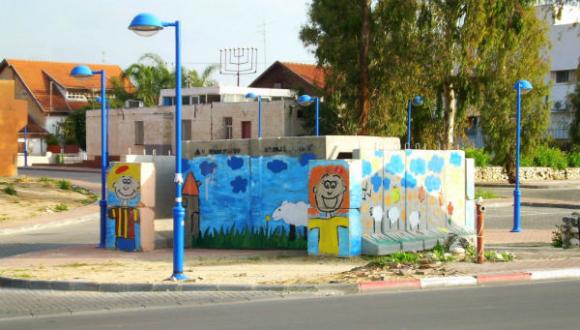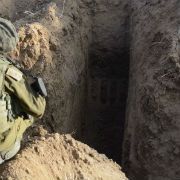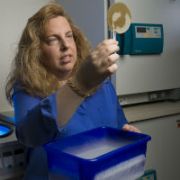Israeli Teens Pay a High Psychological Toll When Raised in Conditions of Conflict
The latest flare-up in the Middle East catches children in the midst of their long-anticipated summer break. The wail of sirens replaces the jingle of ice cream trucks, and boys and girls dash to a bomb shelter instead of playing tag at the park. Young people are enduring a summer of violence, devastation, panic, and isolation. What are the long-term effects of these conditions?
A new study published in the Journal of Traumatic Stress by Prof. Michelle Slone of Tel Aviv University's School of Psychological Sciencesand Dr. Anat Shoshani of the Interdisciplinary Center Herzliya finds that Israeli youths exposed to protracted conflict suffer far higher levels of anxiety, phobia, fear, depression, obsessive-compulsive symptoms, and paranoia than their counterparts in the U.S. The largest cross-sectional empirical study of its kind, the research assessed youths exposed to terrorism, missile attacks, war, forced residential relocations, and military operations, as well as relative quiet over an unprecedented period of 14 years.
"This was a large and logistically complicated study conducted over a long period under dynamic, violent conditions," said Prof. Slone, Director of TAU's Laboratory for Resilience in Childhood. "Whereas previous studies on conflict environments have focused on the frequency of Post Traumatic Stress Disorder and Post Traumatic Symptoms, our research pointed to varied emotional, cognitive, and behavioral symptoms, as well as a broad spectrum of clinical and sub-clinical pathologies."
Girls are at greatest risk
For the purposes of the study, annual samples from the same cities, geographical regions, and schools throughout the country were assessed for Political Life Events (PLE) exposure and for psychiatric symptoms using the Brief Symptom Inventory (BSI). Some 8,727 Jewish Israeli adolescents aged 12-17, evenly divided by gender, were assessed in eight exposure periods: pre-Intifada (1998-2000); Intifada peak (2001-2003); Intifada recession (2004); missile attacks on southern Israel and the 2006 Lebanon War (2005-2006); peak missile attacks (2006-2007); Operation Cast Lead (2008-2009); and the 9/11 period of global terrorism (2010-2011).
The research showed that, over this 14 year period, Israeli adolescents suffered from severe psychiatric symptoms and disorders. Adolescent girls reported even higher levels of psychiatric pathologies than adolescent boys, and the differential by gender increased according to direct exposure to conflict. This finding coincides with consistent findings of higher levels of pathology among girls than boys in wars and armed conflict.
"Growing up in South Africa under the Apartheid regime made me particularly sensitive to the effects of political conflict and armed conflict on children," said Prof. Slone. "Our study suggests that adolescents exposed to high levels of protracted political violence form a high-risk group for specific and non-specific pathologies."
Schools can step in
According to the researchers, insecure and conflict-ridden social environments disrupt the critical tasks normally completed during adolescence, including the establishment of personal identity and the search for both self-autonomy and a role in society. In light of her findings, Prof. Slone believes Israel's public health and education systems should address the needs of the nation's at-risk adolescent population.
"While there is no 'quick fix' for the significant psychological distress that becomes part of young people's lives in conditions of chronic violence and insecurity, a cost-effective, universal, and controlled therapeutic strategy must be implemented in schools," said Prof. Slone. "The educational system, which touches all children and adolescents across all demographic divides, stands in a unique position to institute preventive interventions that strengthen children's resilience and ability to cope with the violent environment in which they live."
Prof. Slone is currently examining the efficacy of school-based, teacher-delivered intervention programs.
As originally reported by AFTAU.






